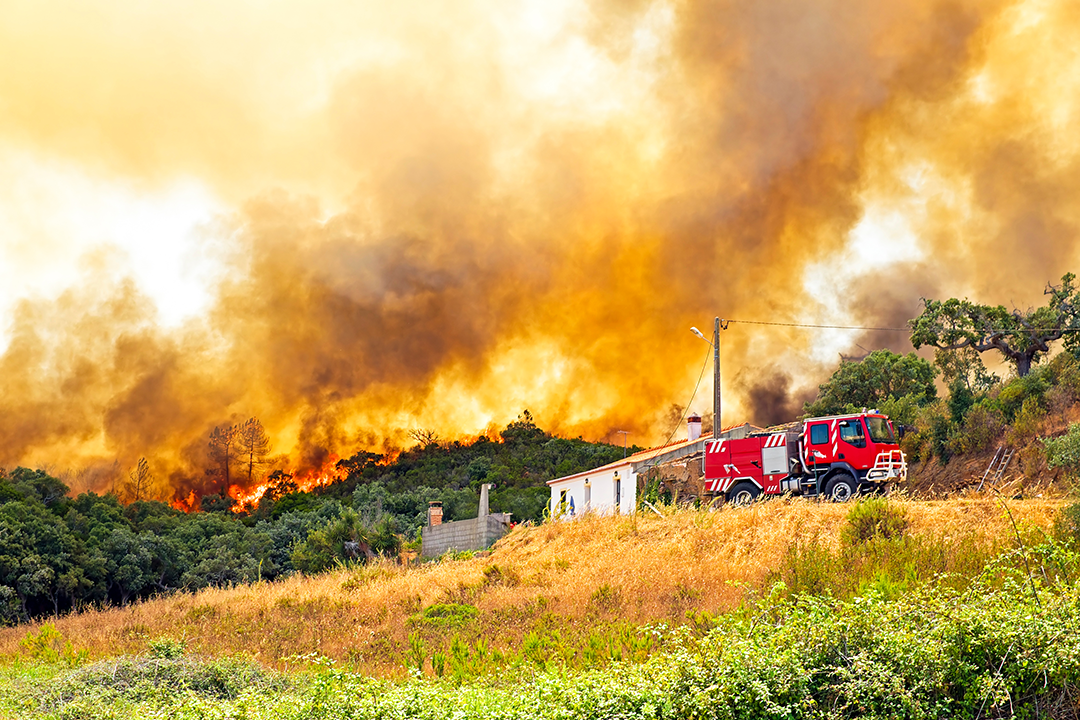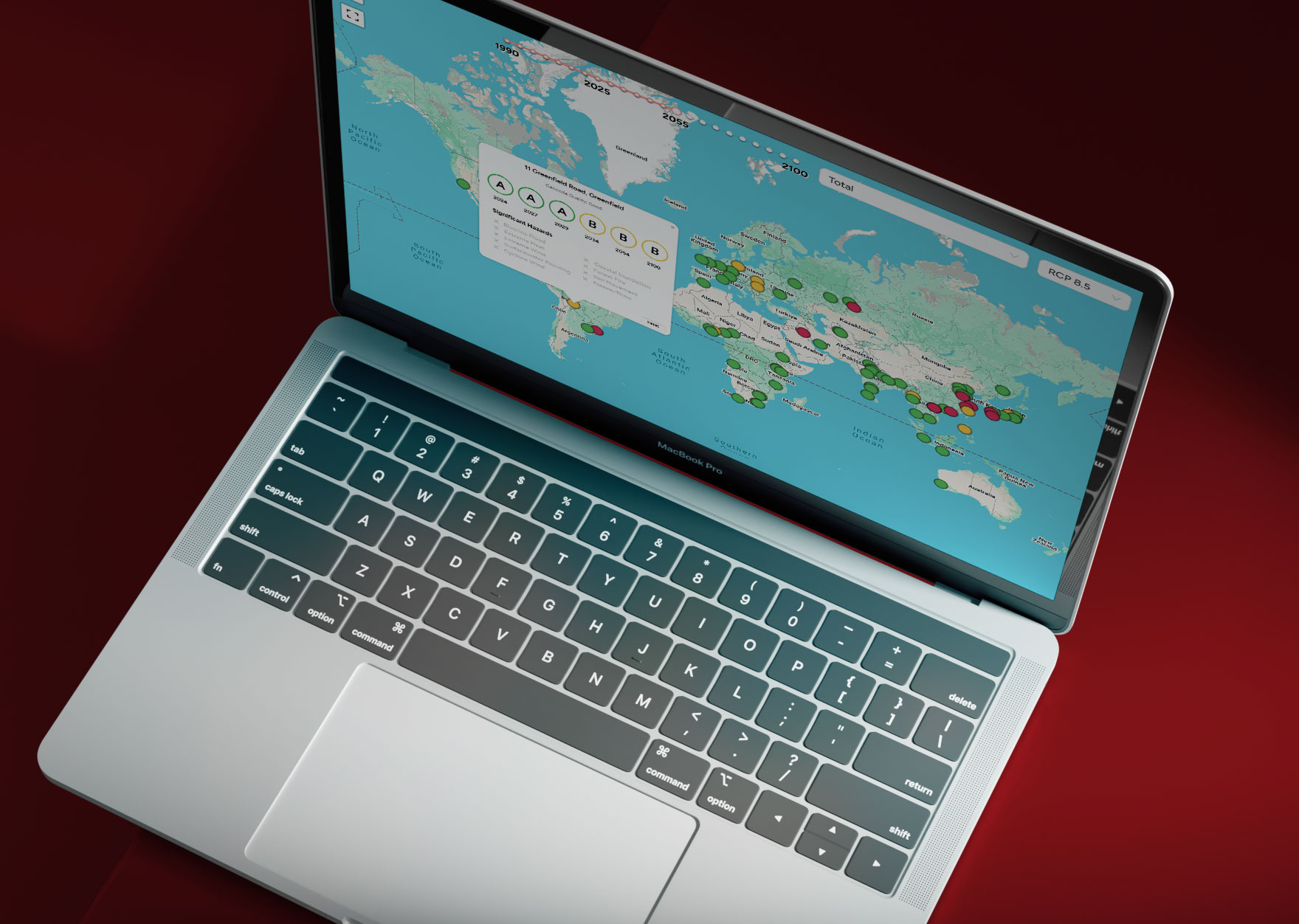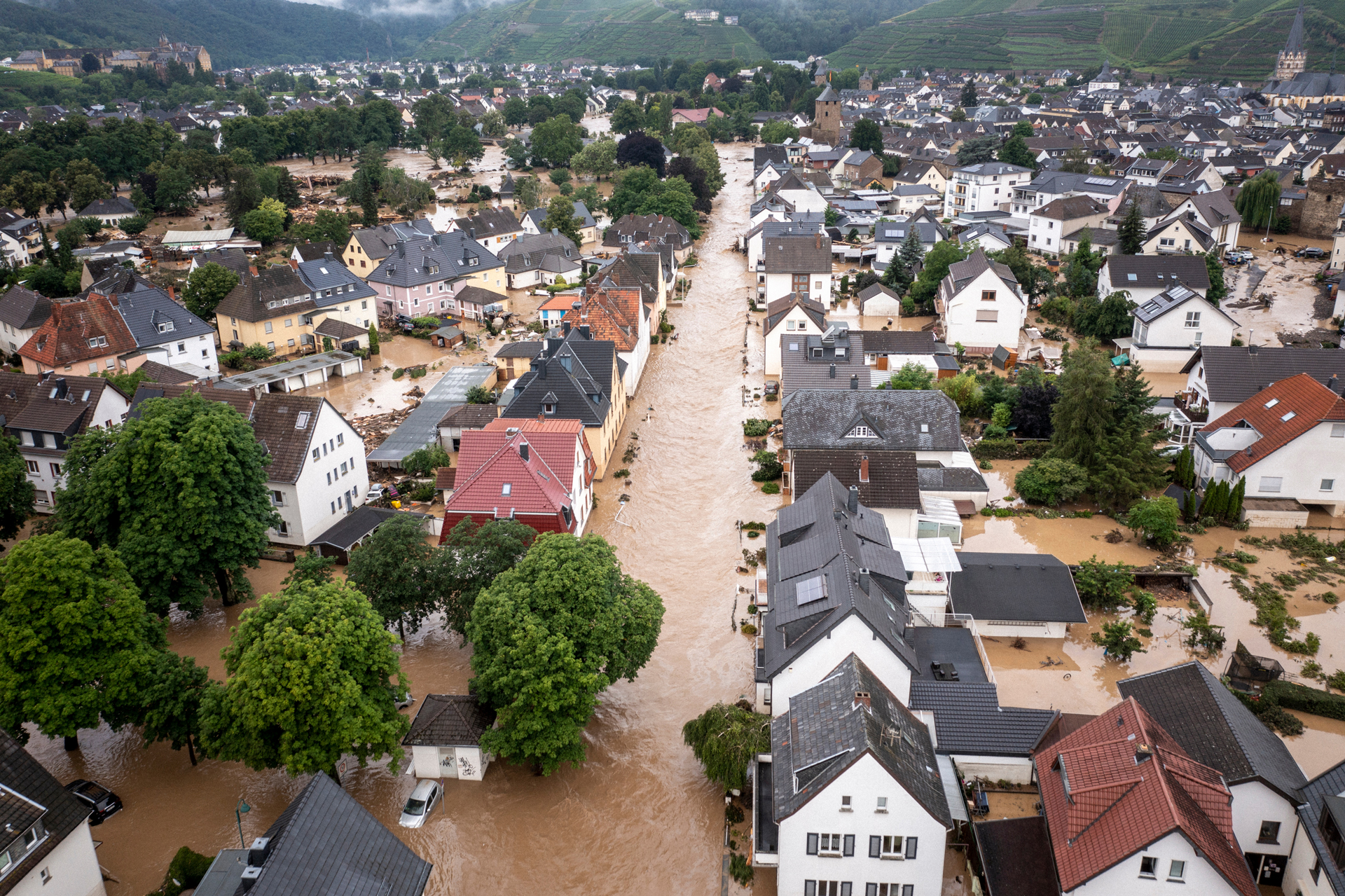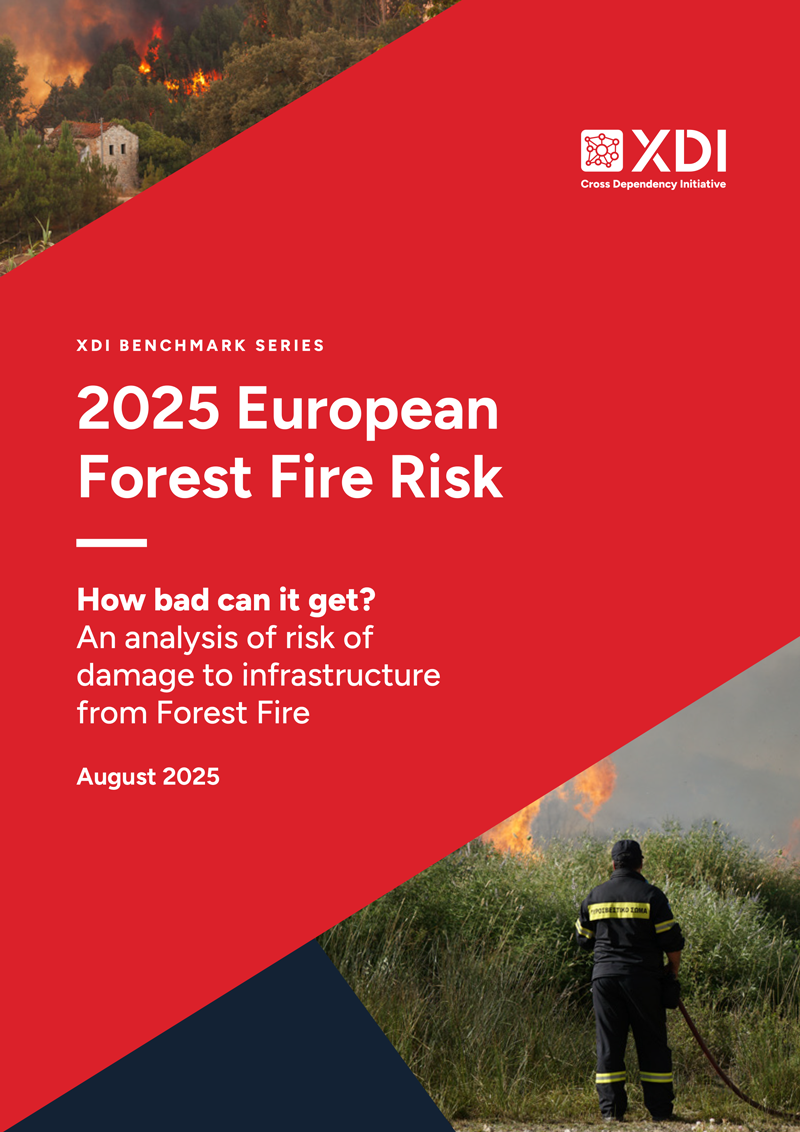New XDI Benchmark Report warns of escalating forest fire damage risk across Europe

High-emissions pathway puts European assets in the firing line
(London: Wednesday, 13 August 2025): XDI is today releasing a short report sharing key takeaways from its comprehensive analysis of forest fire damage risk to every single state and province in Europe from 1990 to 2100.
The report pinpoints where Europe’s infrastructure is most vulnerable to damage from fire now and in the decades ahead, providing a clear picture of where investment in resilience will be most urgent.
“Today, fires are raging across Spain, Portugal, Greece, Türkiye and the Balkans. So far this year, more than 409,000 hectares have burned across the EU – almost double the average recorded over the last 19 years. In Southern France, the largest fire since 1949 has already destroyed homes and cut power to thousands.
“We’re all asking ourselves, how much worse can it get? According to our latest analysis – a lot,” says Dr Karl Mallon, Head of Science and Technology at XDI (Cross Dependency Initiative).
Key findings
- Climate change has already doubled the risk of infrastructure damage from forest fires in France, Italy, Greece, Romania and Bulgaria since 1990.
- In some countries, damage risk to infrastructure will double again in just a few decades under a high-emissions scenario.
- By 2050, France is projected to see a 159% increase in damage risk compared to 2025, Greece +134%, and Slovakia +131%.
The top 10 EU countries by aggregated damage risk in 2025 are led by Italy, France, Spain, Hungary and Bulgaria, with highly exposed regions such as Calabria, Pays de la Loire, and Andalucía facing the brunt of impacts.
XDI’s forest fire model, unique in its engineering-based, property-level precision, captures not just where fires are likely to occur, but how they will behave in specific locations, factoring in building materials, vegetation, climate projections, and firefighting capacity. This level of detail, tested against the 2025 Los Angeles fires, provides governments, insurers, and asset owners with actionable intelligence for adaptation and resilience planning.
“Traditional fire risk models, based on historical loss data, are no longer fit for purpose in a climate-changed world,” said Dr Mallon. “We can already see that areas once considered low-risk are burning. This data makes clear where the danger will intensify, and where investment in resilience is most urgently needed.”
XDI calls on policymakers, insurers, and infrastructure owners to use precision climate risk data to guide adaptation investment, strengthen building standards, and rethink development in high-risk zones.
Related posts

Going to COP30? Come see a preview of ResilienceArc - A world-first breakthrough in corporate transparency for climate risk and adaptation

XDI unveils next-generation Climate Risk Hub: Where flexibility meets power

Europe’s economic hubs drowning in risk: XDI warns flood damage risk rising in Milan, Paris, Frankfurt and beyond

XDI identifies international airport infrastructure at increasing risk from climate extremes
Contact us
Get in touch with one of our friendly team


